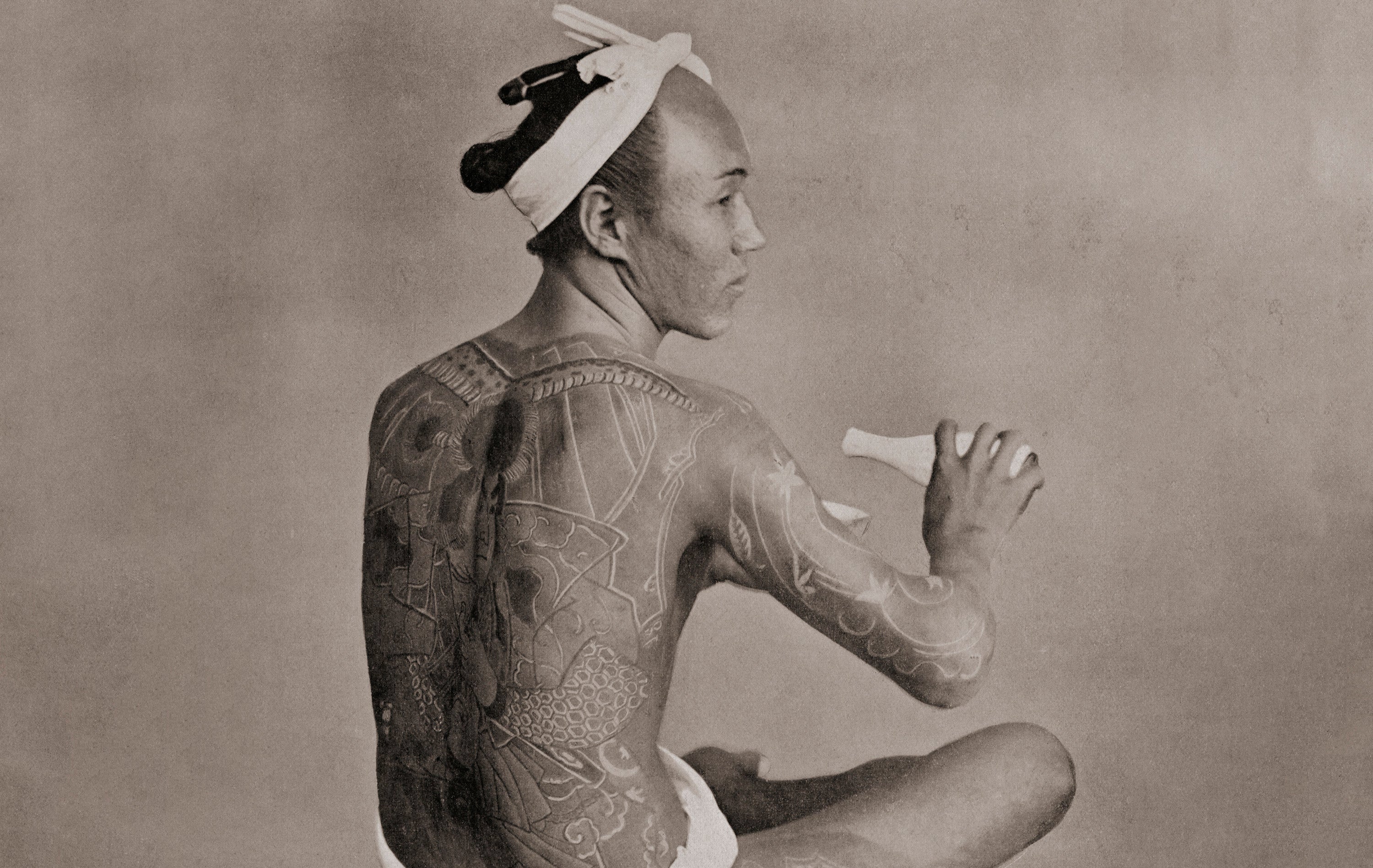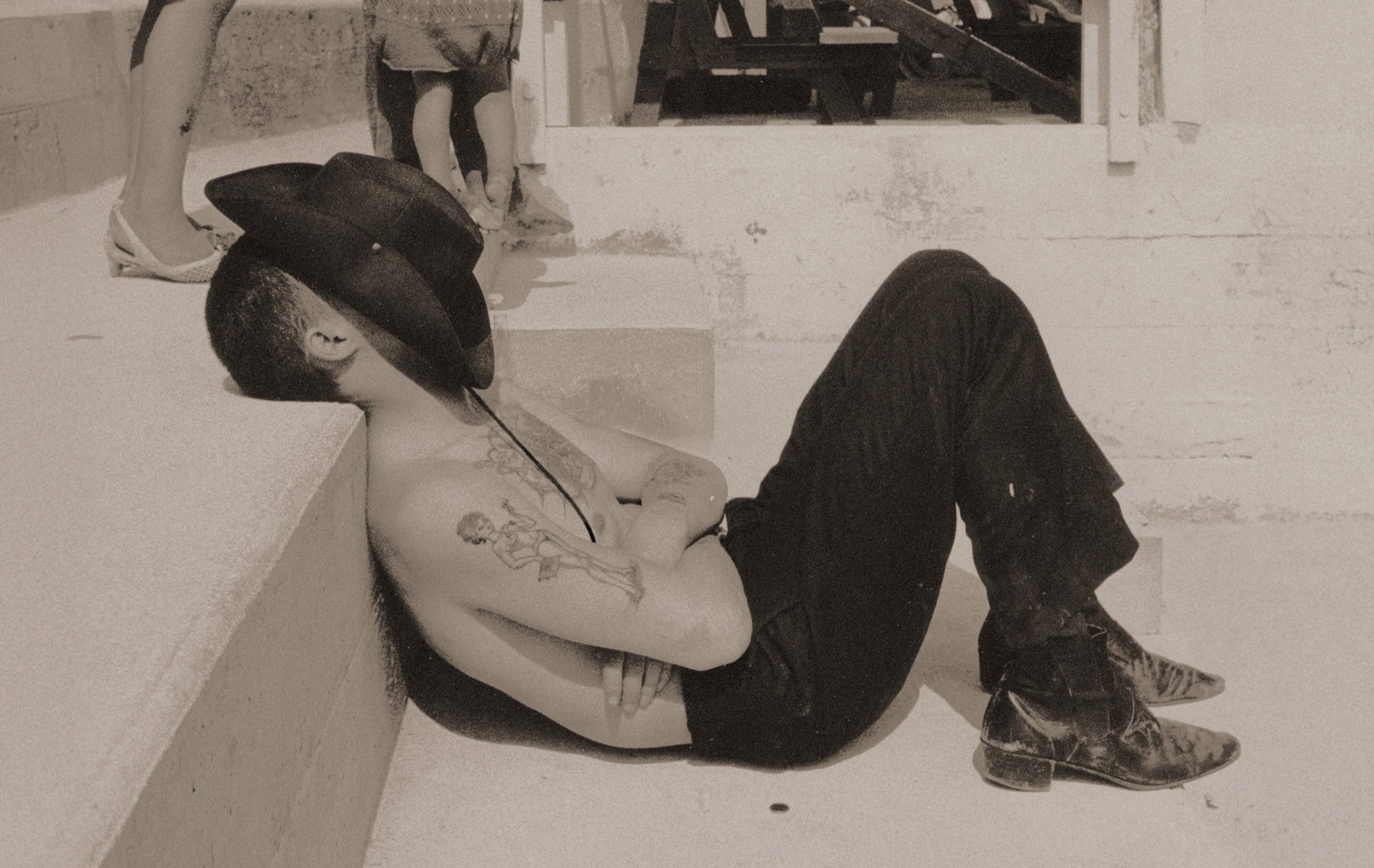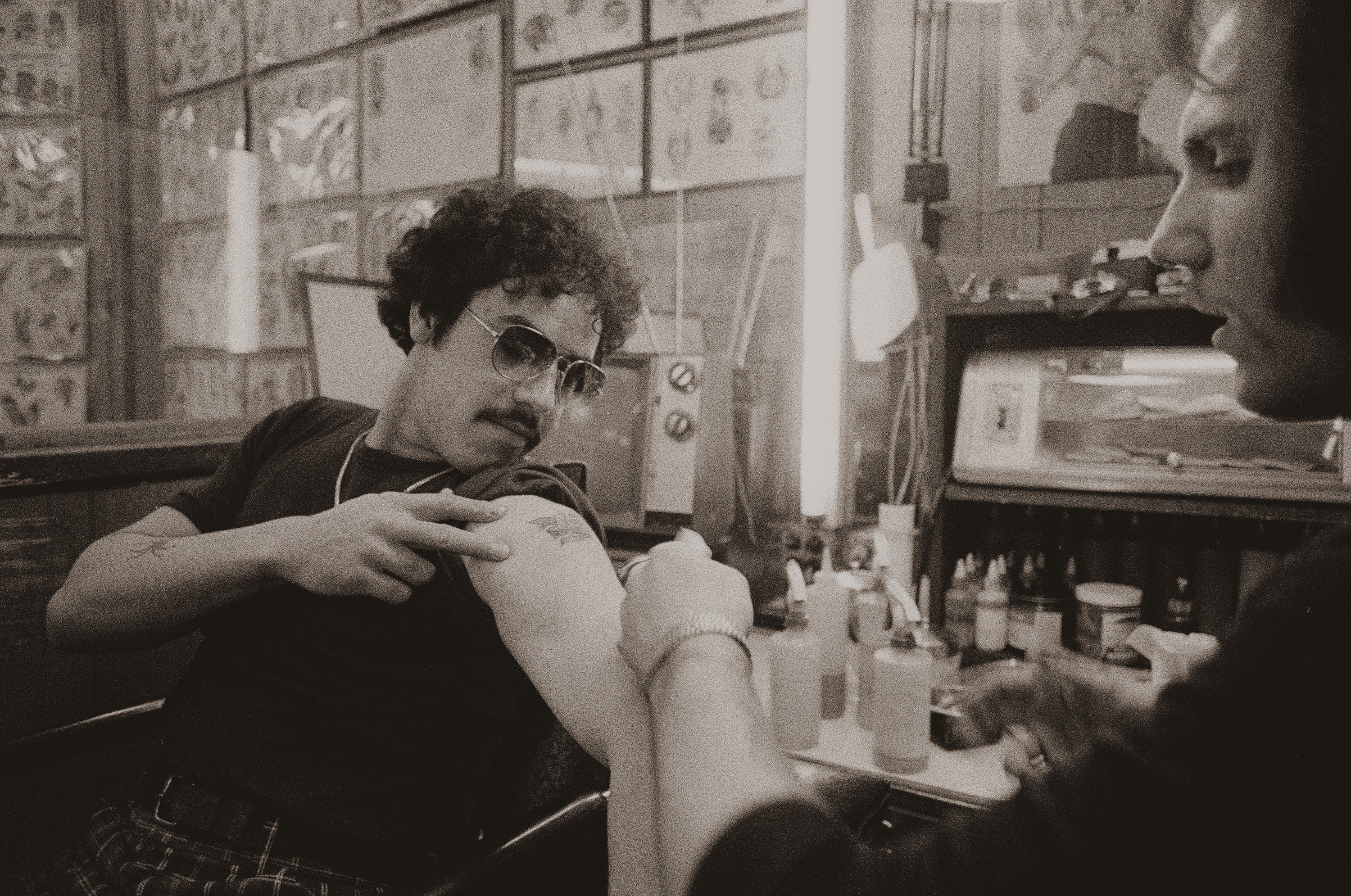-
Tattooing is one of the oldest and most enduring forms of human self-expression, with origins that span millennia and continents.
-
Archaeological discoveries show tattooing has appeared independently across many early societies - from the frozen Alps and ancient Egypt to Oceania, Asia, and the Americas, often serving as a marker of identity, spirituality, healing, punishment, or cultural belonging.
The earliest known evidence of tattooing dates back over 5,000 years to Ötzi the Iceman, whose skin bore ink markings believed to be therapeutic. Across ancient civilizations, tattoos were made using tools like sharpened bones, needles, or thorns, and natural pigments such as charcoal or soot. These methods evolved dramatically with the invention of the electric tattoo machine in the late 19th century, accelerating the practice's popularity and precision.
Throughout history, the social meaning of tattoos has been remarkably fluid, revered in some societies, reviled in others. Tattooing has been a rite of passage, a declaration of rank, a symbol of defiance, or a deeply personal story inscribed in skin. During the colonial era, tattooing traditions were suppressed or romanticised, only to be reimagined and reclaimed in later generations.
In the 20th century, tattoos moved from subculture to pop culture. Once associated with sailors, rebels, and the fringes of society, tattooing is now firmly embedded in mainstream art, fashion, wellness, and personal storytelling.
Today’s artists draw from ancient techniques and modern science, bringing new levels of skill, safety, and creativity to a practice that remains both primal and progressive. From sacred ritual to cutting-edge design, tattooing continues to evolve, but its essence remains unchanged. A bold, human mark of meaning and identity.


